DOWs deploy on Hurricane Laura
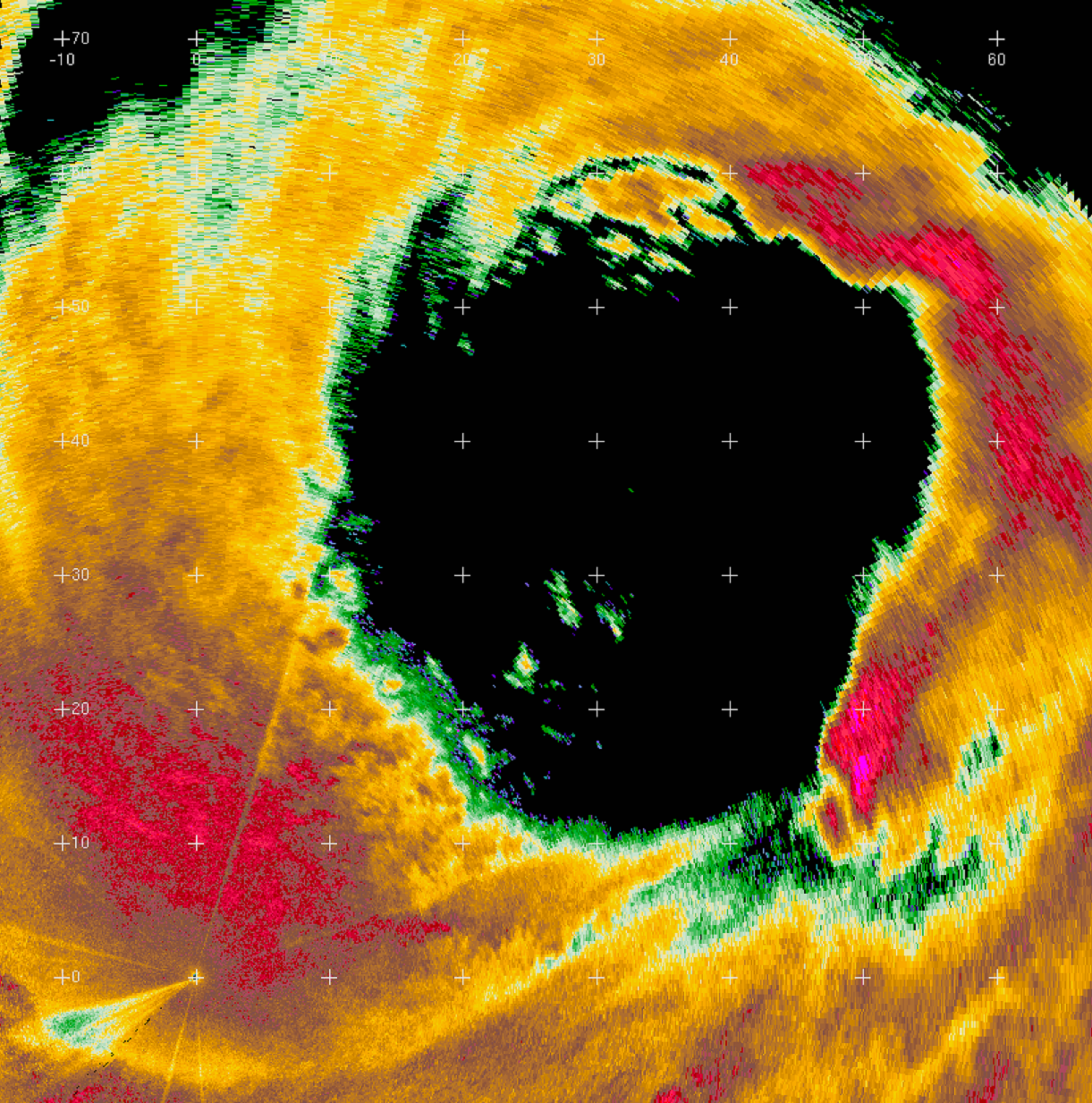
DOWs 7 and 8 recently traveled to the Texas-Louisiana border to deploy on category 4 Hurricane Laura as it made landfall along the Gulf coast. After two long days of driving, followed by a full day of getting wrapped in duct tape, tarps, and ratchet straps the DOWs began their long night of scanning, hoping to capture elusive mesovortices and TSVs (tornado-scale vortices) in the hurricane eye. The mission was recently featured in the Washington Post (linked below). Click here to see a slideshow of our pictures from the deployment.
Washington Post: Photo show, Full page
Link to slideshow: Link
RELAMPAGO Featured in the New York Times
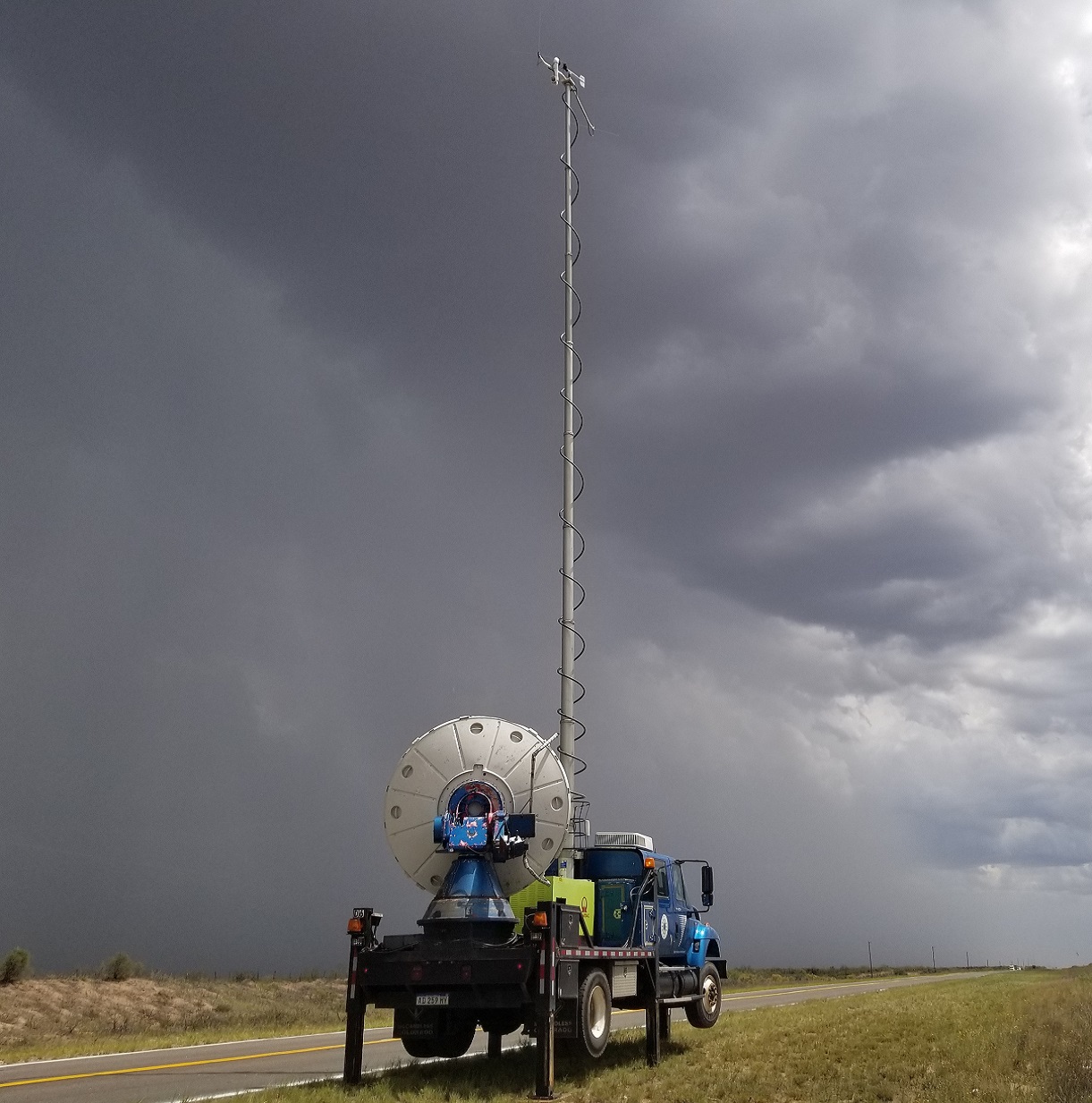
In late 2018, CSWR played prominantly in project RELAMPAGO, one of the largest projects ever undertaken by NSF.
Multiple institutions, universities and research organizations converged on Córdoba, Argentina to observe storm formation and evolution in a region of the world not thoroughly studied. Recently, the project, as well as CSWR's contribution, was featured in an article in the New York Times.
BLOWN-UNDER
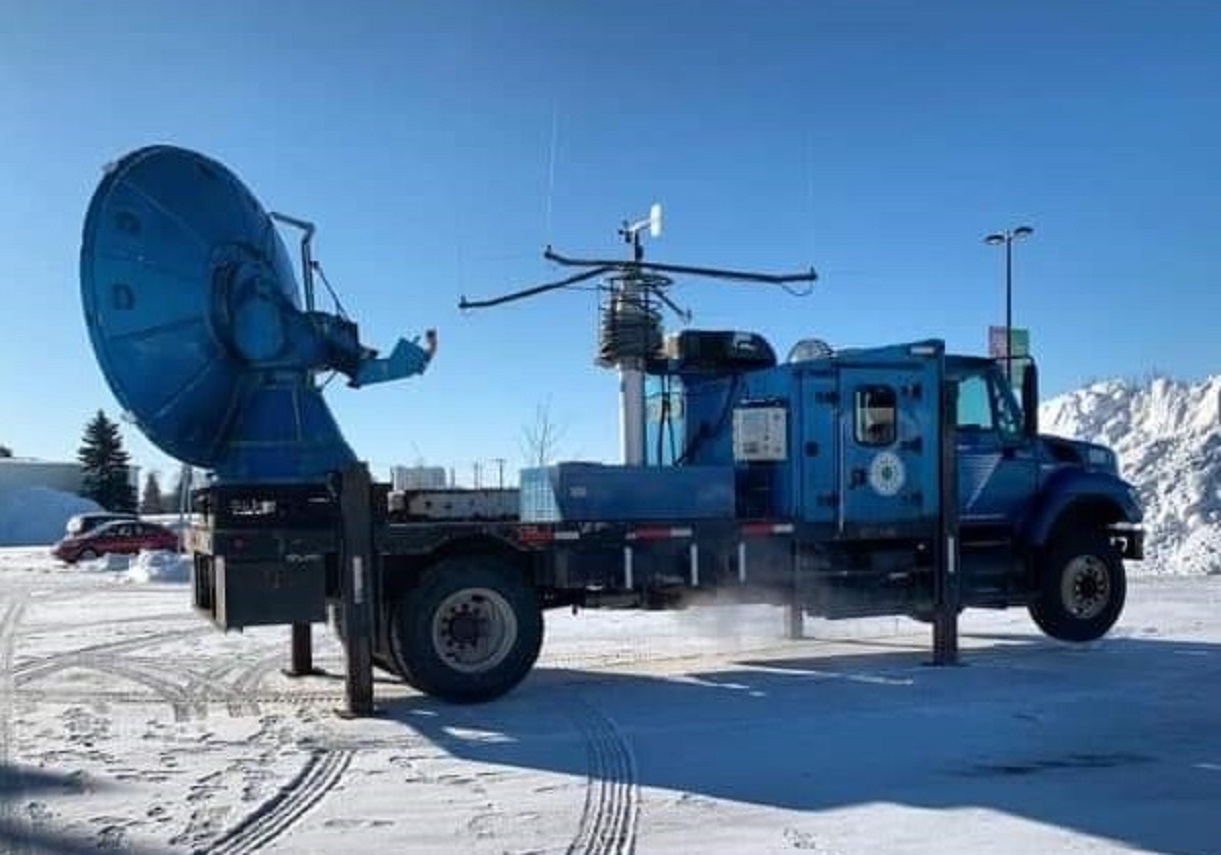
From 20 January to 16 February 2020, DOW7 was on hand for the BLOWN-UNDER project at the University of North Dakota in Grand Forks. The aim of the project was to study the blowing snow and blizzard conditions common to N.D. in the harsh winter months, and to give students hands-on experience with a mobile weather radar. Ironically, the weather was calm and clear until the end of the project, when the team led by UND professor and project lead Aaron Kennedy, got just the winter weather conditions they were waiting for.
Learn more about the project by reading articles from KVRR TV and UND Today.
Remembering the 1999 Bridge Creek-Moore Tornado
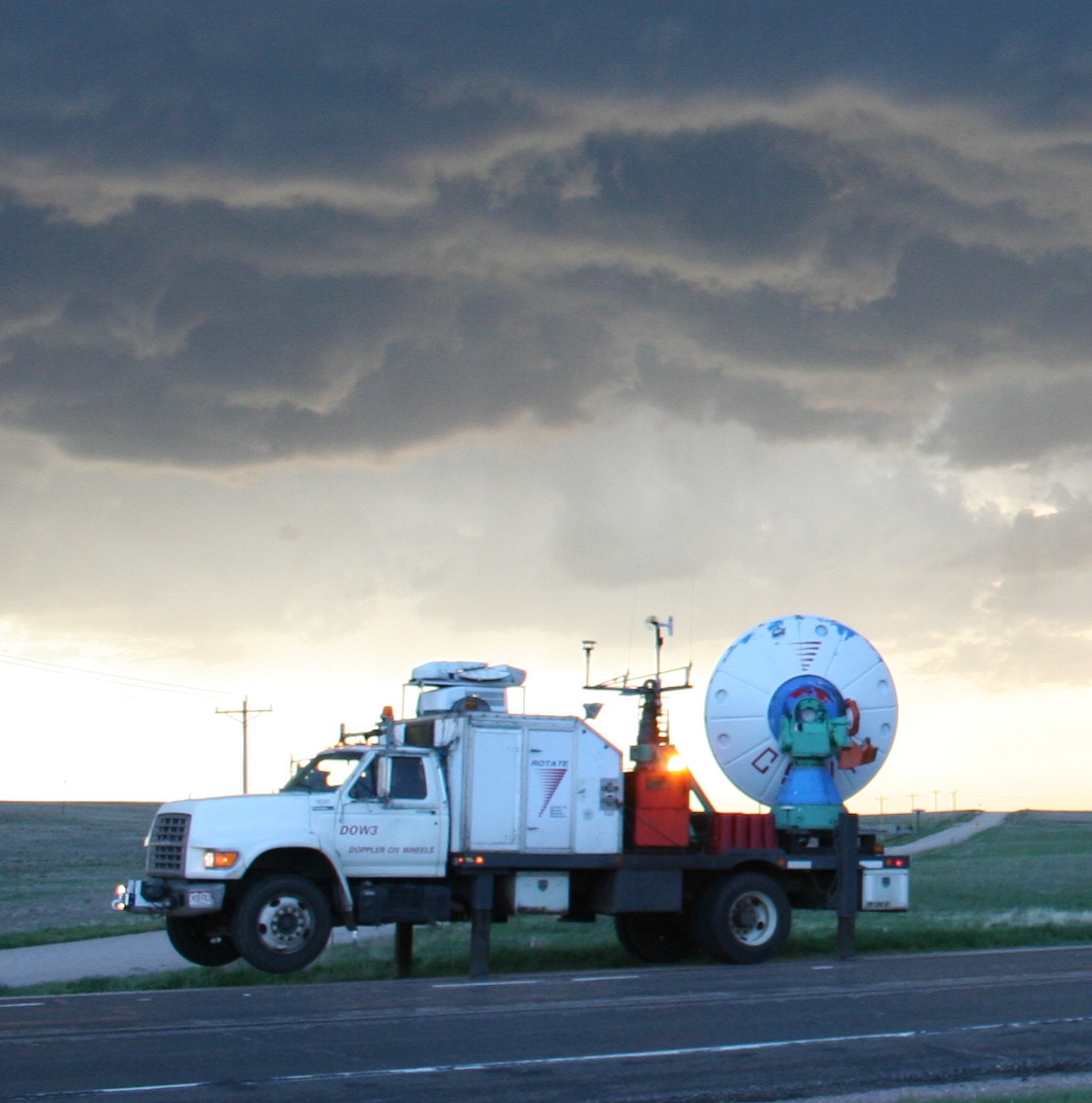
Over twenty-one years ago on May 3, 1999, an extraordinarilly powerful F5 tornado devasted southern Oklahoma City and surrounding areas. It killed 36 people and caused nearly $1 billion in damages, prompting President Bill Clinton to sign a major disaster declaration for the affected areas. DOW2 and DOW3 were both on hand to observe the event for project ROTATE, with DOW3 recording the highest wind speed ever observed on Earth: 301 (+/- 20) mph at the point when the tornado was at its strongest, before striking Moore.
Reference Publications: Wurman 2002, Lee and Wurman 2005, Wurman et al 2007, Kosiba and Wurman 2013
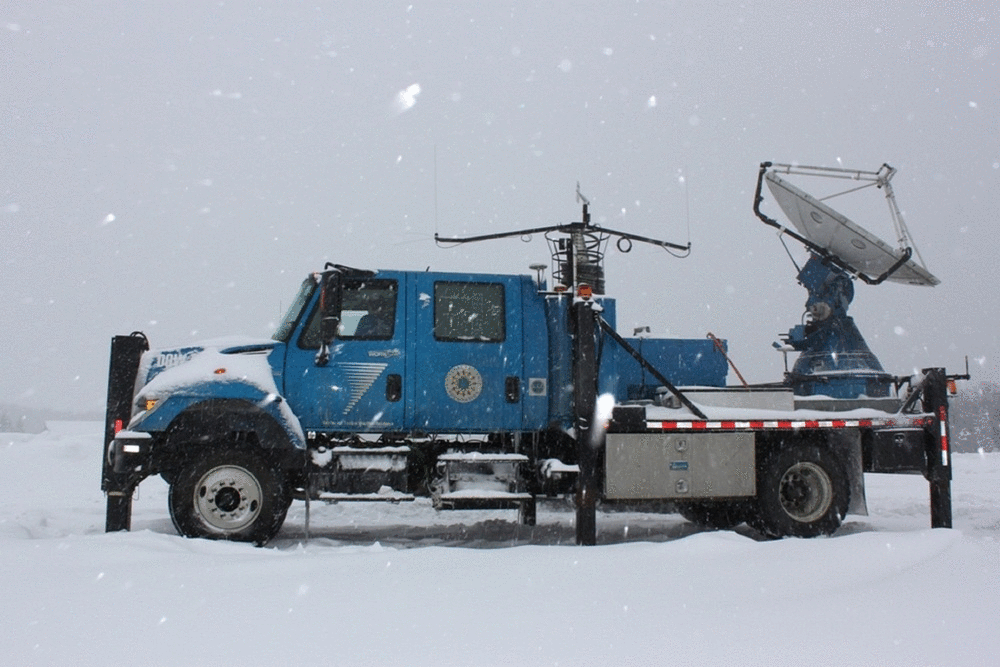
The Center for Severe Weather Research (CSWR) operates the Doppler on Wheels (DOW) mobile radar network, consisting of three dual-polarization, dual-frequency mobile radars (one C-band, two X-band) and one multi-beam, rapid scan radar (convertible to single beam). Researchers and faculty can request the DOWs for their projects.
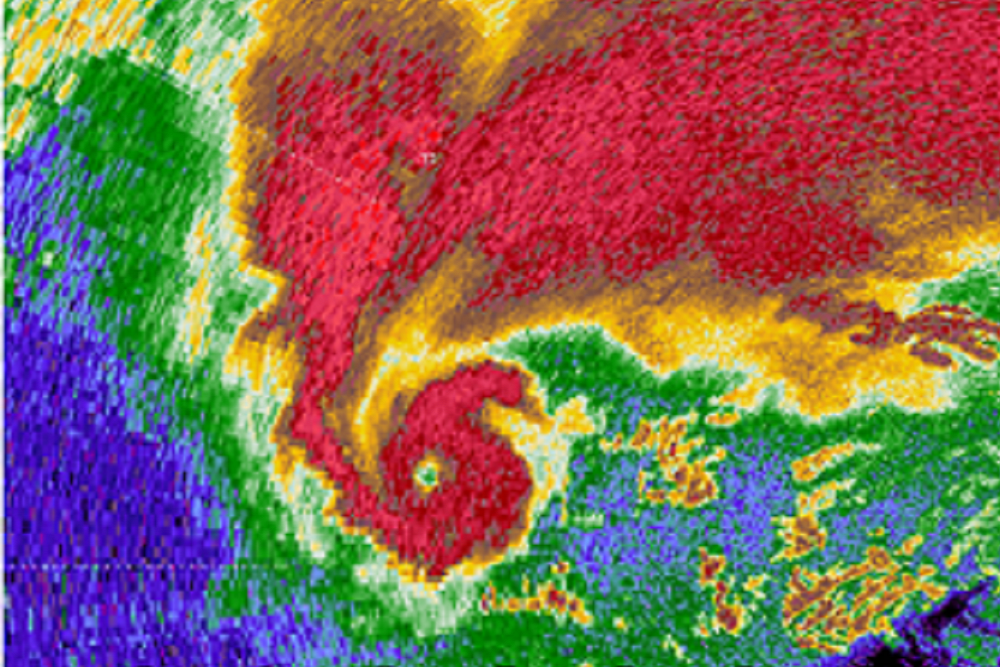
CSWR is engaged in research investigating tornadogenesis and structure as well as hurricane boundary layers and wind damage. CSWR has also played a major role in dozens of major NSF research projects including RELAMPAGO, SNOWIE, PECAN, and VORTEX2. Click here for a list of publications in which CSWR data has been used.
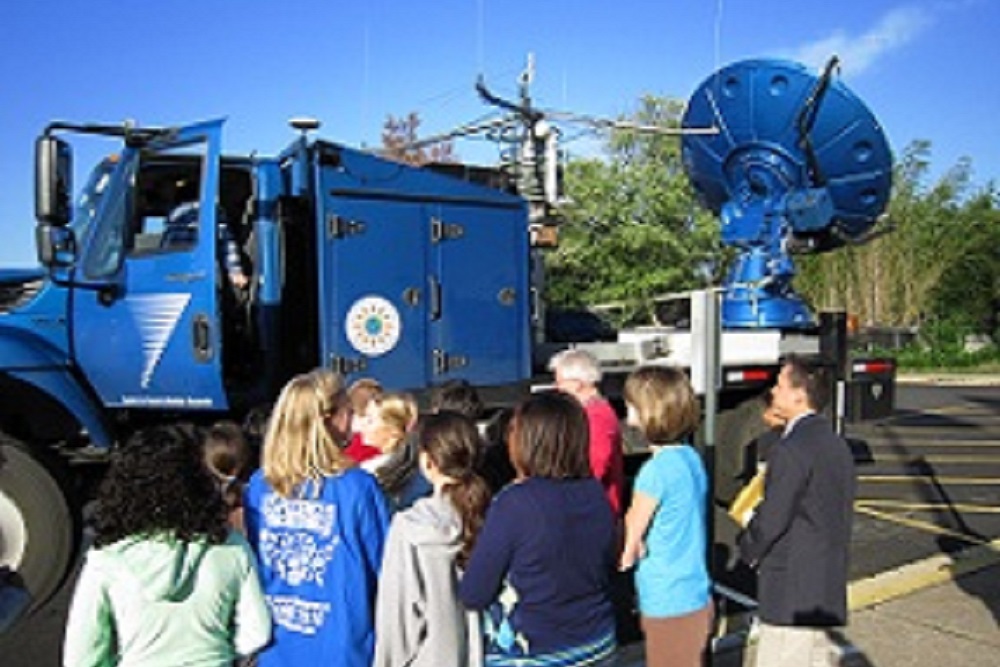
CSWR is committed to community outreach as well as the advancement of radar meteorology education. Click here for a list of the educational projects in which CSWR has been involved. Want the DOWs to show up at your school or community event? Click here to make a request.
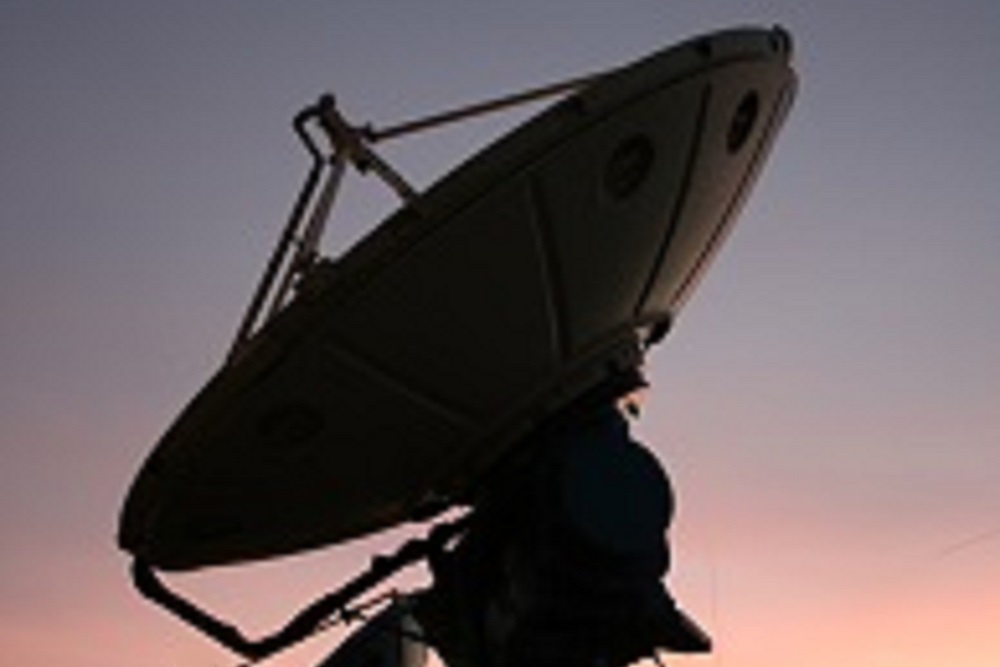
CSWR is regularly featured in the news, often in connection with the research in which it takes part.
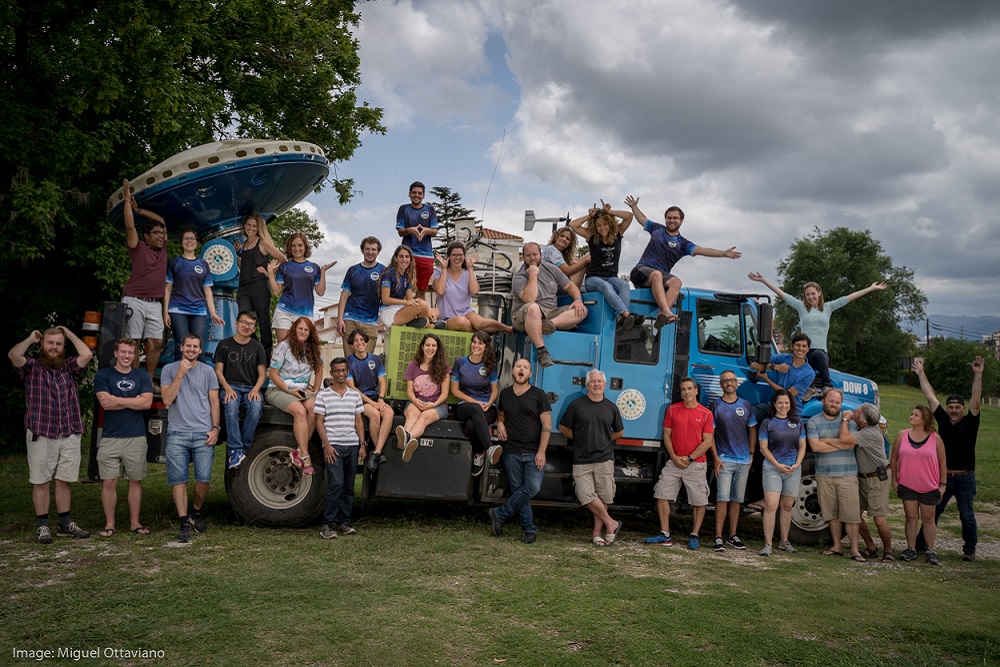
The DOWs have travelled far and wide, and have been operated by many capable graduate students, interns and project participants. Nevertheless, for some of us, CSWR is a full-time job. Click the link to meet our staff. If you would like to contact CSWR click here.



